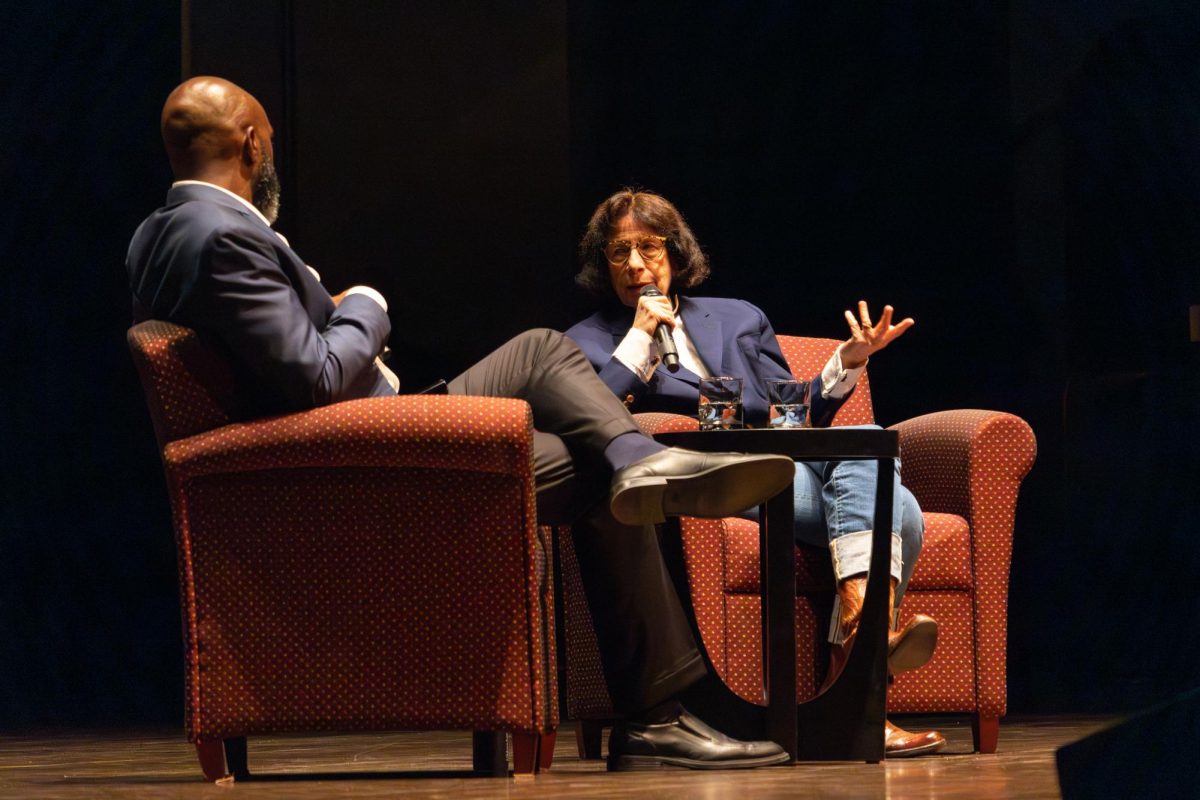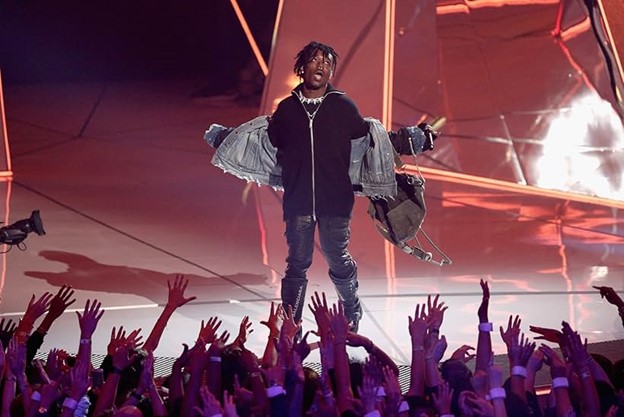
Quiet and meditative. Romantic, stark and beautiful. Poignant.
These are not the words one usually associates with the horror genre. And yet, the ostensibly horror-themed “Låt den rätte komma in,” or “Let the Right One In,” has been praised by the world over using these very descriptors. The film follows Oskar, a 12-year-old boy who meets a centuries-old vampire named Eli. Armed with two child stars who put some of the world’s best adult actors to shame, “Let the Right One In” was, without a doubt, one of the best movies of the last decade.
But if a “horror” film avoids every genre cliché in the book, can it still be considered horror?
According to the press, apparently so. A short quote from the Washington Examiner states that it’s the “Best. Vampire. Movie. Ever.” For the Star Tribune, it’s “one of the essential horror films of the decade.” In the Gwinnett Daily Post, it was “among the best of the year and one of the most original and haunting vampire movies ever made.” And that doesn’t even begin to include all of the erroneous comparisons made between Alfredson’s masterpiece and the contemporaneous “Twilight” franchise.
There is no question that the press made some contentious claims with these reviews. Of course “Let the Right One In” uses the same bloodsucking iconography that dates as far back as F.W. Murnau’s 1922 vampire flick, “Nosferatu.” And indeed, much of “Let the Right One In” is spiritually reminiscent of the quietly tense Hitchcock films of the 60s. Still, these visual cues and tonal markers are purely semantic and do not reflect the true nature of horror.
To put it quite simply, “Let the Right One In” just isn’t scary and does not try to be. It is unsettling, vague and ambiguous, but it never veers into the cheapness of shock territory. Moreover, director Tomas Alfredson and writer John Ajvide Lindqvist use gore only to clarify mystery within the film, not to gross out its audience. Every moment is specifically timed to drive the plot forward and to strengthen the oddly affecting relationship between Eli and Oskar. Seemingly no thought is given to frightening the viewer.
Taking that further, the story arc of “Let the Right One In” is much more akin to a romantic drama than it is to any horror movie. The friendship between a boy and his vampire friend serves as a fairy tale allegory for everything from bullying to love. Little time is spent wondering about what’s around the next corner, or whether any of the main cast will die next. Instead, audiences root for the small, unassuming Oskar as he desperately tries to accept each of Eli’s supernaturally violent tendencies in the name of love, or friendship.
The problem with marketing a movie like “Let the Right One In” as horror is that the genre itself can drive potential filmgoers away. Some of these potential viewers, myself included, are no great fans of the genre and thus will not see a film on that basis. I know I skipped this movie when it hit the independent circuit, and only now do I realize what a terrible decision that was. I went in expecting something like Hideo Nakata’s “Ringu,” but instead saw more similarities with Wes Anderson’s “Moonrise Kingdom” – minus, of course, the self-indulgent humor.
Mislabeling a movie like this also subverts the intention and hard work of the filmmaker. To call “Let the Right One In” a vampire movie is like calling “Fight Club” a movie about fight clubs – neither of these statements are true. In both cases, these labels are merely dressings which belie much deeper, more profound messages about the human condition. They may be wrapped in the trappings of better-known genres, but we look to critics and reporters to cut through that façade and tell us what’s really going on. The press failed at that task with David Fincher’s “Fight Club” over a decade ago, and history has repeated itself with “Let the Right One In.”
Before he teamed up with Gary Oldman, Benedict Cumberbatch and Tom Hardy in the immaculate “Tinker Tailor Soldier Spy,” Tomas Alfredson crafted a masterpiece of modern cinema with “Let the Right One In.” Lending his talents to novelist John Lindqvist by adapting Lindqvist’s book to the big screen, the two visionaries produced a sweet, engrossing tale set against a chillingly barren Swedish landscape.
Alfredson searched all of Sweden to cast his two main characters. He held many open auditions until he found Kåre Hedebrant (Oskar) and Lina Leandersson (Eli), both of whom he described as perfect for their respective roles. He then cast adult actress Elif Ceylan to dub over Leandersson’s voice to emphasize the fact that Eli is actually hundreds of years old. An exorbitant amount of time was spent slaving over achieving perfect lighting and seamless special effects. Scenes were hotly debated over and character arcs cut, all to create the best product possible. This may seem like superfluous trivia, but when was the last time you heard of a horror director putting that much effort into their movie?
So forget the American remake “Let Me In.” Ignore the bloody cover art on the Blu-ray case. Pay no attention to critics who misunderstood the story. You owe it to yourself to see “Let the Right One In.” It may not be horror, but I promise you: it is a damn good movie.
Søren Hough can be reached at [email protected].


















